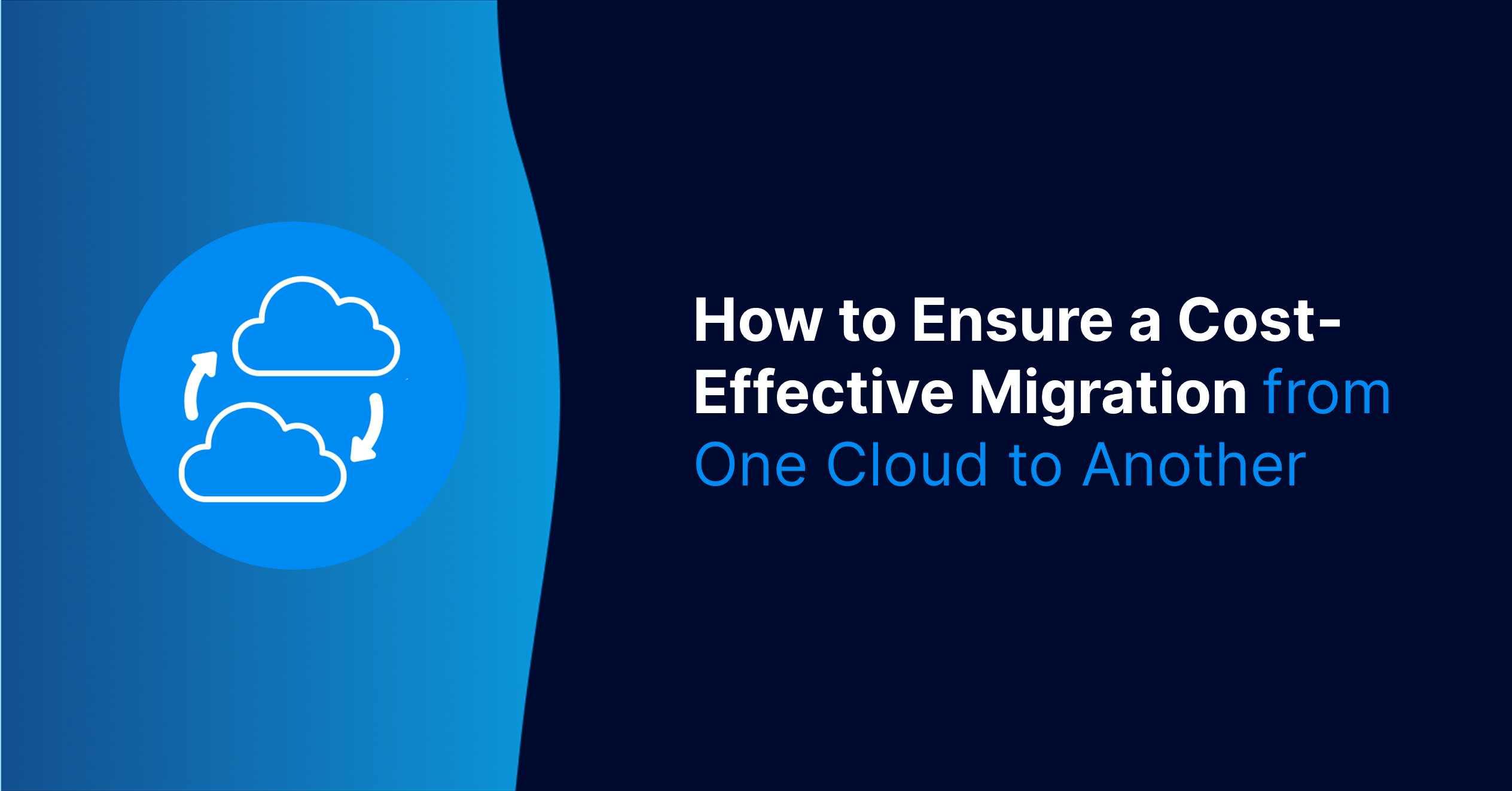How to Ensure a Cost Effective Cloud Migration from One Cloud to Another
Migrating from one cloud provider to another can be a complex process, but with careful planning and execution, you can ensure a cost-effective transition. Here are some step...
20/09/2023 | 2 Minute Read

Migrating from one cloud provider to another can be a complex process, but with careful planning and execution, you can ensure a cost-effective transition. Here are some steps to help you achieve a smooth and budget-conscious migration:
Assess Your Current Environment:
Begin by thoroughly understanding your existing cloud environment. Gather information about all the resources, applications, and data you have in your current cloud provider’s environment. Analyse your usage patterns, resource dependencies, and performance requirements. This information will help you make informed decisions during the migration process.
Set Clear Objectives and Goals:
Define your migration objectives and establish clear goals. Determine what you want to achieve with the migration, whether it’s reducing costs, improving performance, or gaining access to specific cloud services.
Choose the Right Target Cloud Provider:
Research and compare different cloud providers to find the one that best aligns with your needs and budget. Consider factors such as pricing structures, available services, and geographic regions.
Cost Estimation and Planning:
Use cloud cost calculators provided by both your current and target cloud providers to estimate the costs of running your workloads in the new environment. Develop a detailed migration plan that includes a budget, timeline, and cost projections. Factor in migration tools, personnel, and any unforeseen expenses.
Rightsizing Resources:
Optimise your resource allocation by choosing instance types and configurations that align with your actual workload requirements. Avoid overprovisioning, which can lead to unnecessary costs.
Data Migration Strategy:
Plan your data migration carefully. Determine the most efficient method for transferring data, whether it’s using built-in data migration tools, third-party solutions, or a combination of both. Implement data compression and deduplication techniques to reduce data transfer costs.
Application Refactoring and Optimisation:
Review and refactor applications as needed to ensure they are compatible with the target cloud environment. This may involve adjusting code, configurations, and dependencies. Leverage cloud-native services and features to improve performance and reduce costs where possible.
Security and Compliance:
Ensure that your migration maintains data security and compliance standards. Adjust security policies, access controls, and encryption settings as necessary. Perform security assessments and audits to identify and address vulnerabilities.
Testing and Validation:
Conduct thorough testing of your migrated workloads to validate their functionality and performance in the new cloud environment. Identify and resolve any issues promptly.
Monitoring and Cost Optimisation:
Implement robust monitoring and cost management tools in the new cloud environment to track spending and identify areas for optimisation. Continuously optimise resources, rightsizing instances, and adjusting configurations as needed to minimise costs.
Documentation and Training:
Document your migration process, configurations, and best practices for managing costs in the new cloud environment. Train your IT team and stakeholders on the target cloud provider’s services and cost management practices.
Post-Migration Analysis:
After the migration is complete, conduct a post-migration cost analysis to compare the actual costs with your initial projections. Identify any discrepancies and areas for further optimisation.
By following these steps and maintaining a proactive approach to cost management in the new cloud environment, you can ensure a cost-effective migration while realising the benefits of your chosen cloud provider. Remember that cloud migration is not a one-time event; it requires ongoing monitoring and optimisation to maintain cost efficiency over time. If you want to learn more about how Deimos can help with a smooth migration, click here.